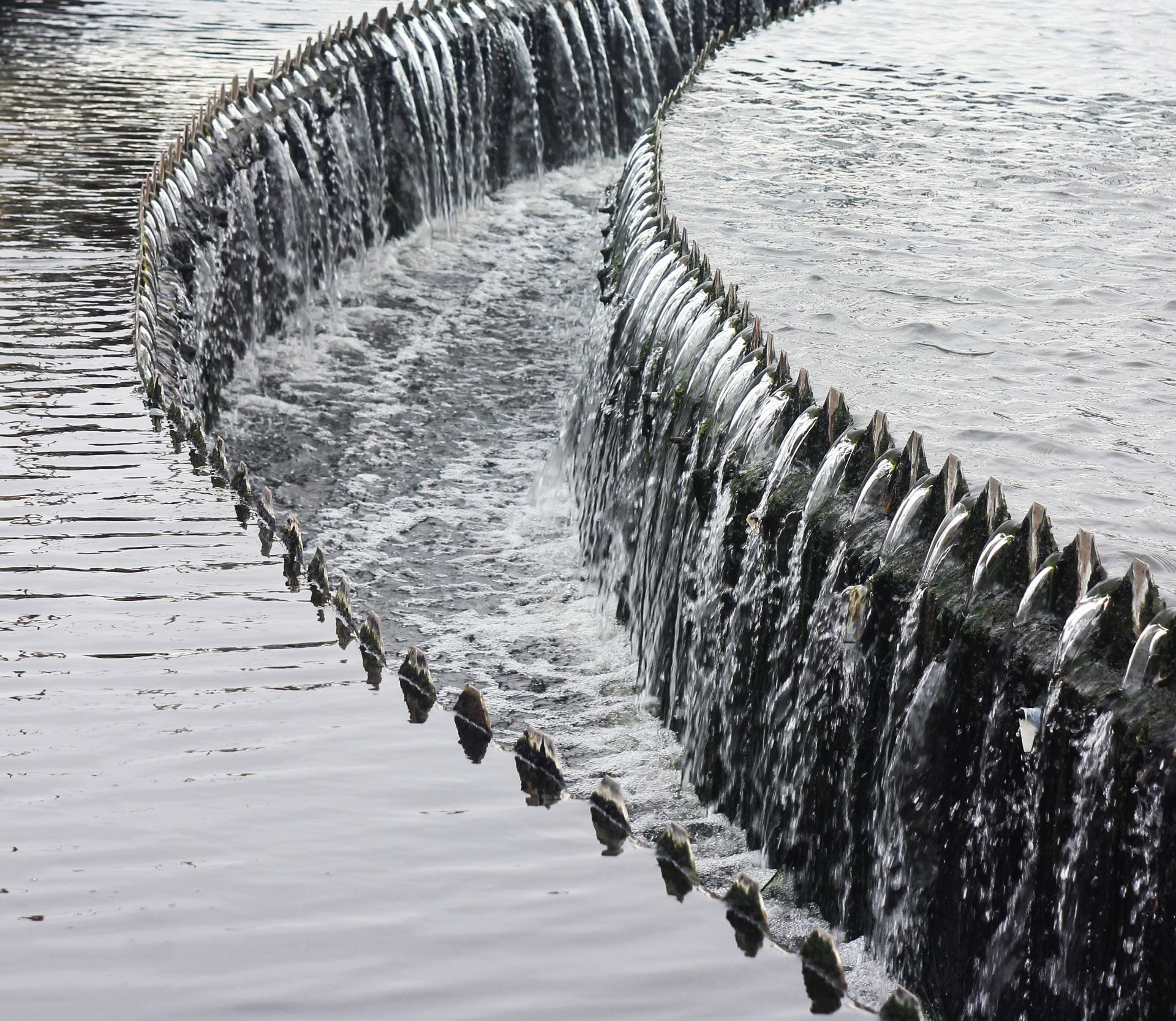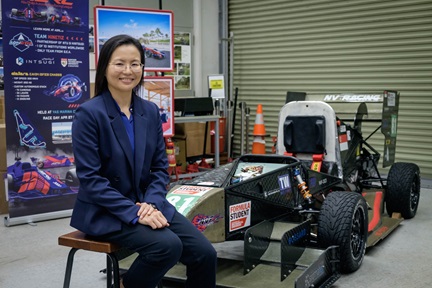The party is over for biofilms
An NTU team of engineers and biofilm experts has engineered a bacterial biofilm that mitigates biofouling on water purification membranes.

Membrane-based technologies are key to providing clean water to meet the needs of the growing world population. A big concern in water treatment, however, is biofouling, where communities of microbial cells grow on the membrane filters and form biofilms.
Biofilms depend on chemical communication between microbes, a process called quorum sensing. While enzymes that can “quench” quorum sensing are industrially available, they are costly and lack stability.
Using optogenetics—a technique that couples light-sensing to gene expression—an interdisciplinary NTU team of engineers and biofilm experts engineered a quorum-quenching enzyme-producing bacterial biofilm whose growth and dispersal can be modulated by near-infrared and blue light.
Testing the engineered biofilm on water purification membranes, the team, led by Assoc Prof Cao Bin of the School of Civil and Environmental Engineering and the Singapore Centre for Environmental Life Sciences Engineering (SCELSE) in collaboration with SCELSE’s Assoc Prof Scott Rice, demonstrated the biofilm’s ability to effectively mitigate biofouling.
The researchers suggest that the engineering of controllable quorum-quenching biofilms also has other uses, such as in biofilm-based biocatalysis of organic compounds.














/enri-thumbnails/careeropportunities1f0caf1c-a12d-479c-be7c-3c04e085c617.tmb-mega-menu.jpg?Culture=en&sfvrsn=d7261e3b_1)

/cradle-thumbnails/research-capabilities1516d0ba63aa44f0b4ee77a8c05263b2.tmb-mega-menu.jpg?Culture=en&sfvrsn=1bc94f8_1)


.tmb-listing.jpg?Culture=en&sfvrsn=29c7e020_1)
.tmb-listing.jpg?Culture=en&sfvrsn=ab6472c8_1)
.tmb-listing.jpg?Culture=en&sfvrsn=55153609_1)

